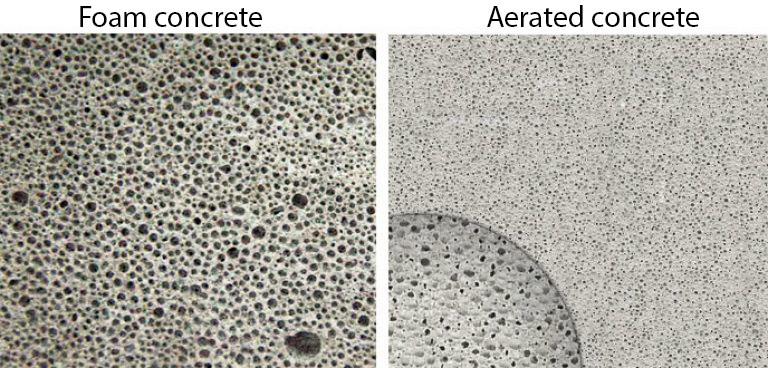What is Green Building Centre?
In this, we provide information about how ACC’s Green Building Centre works and how you can start your business. We are associate with ACC as machine providers.
The main purpose of ACC’s Green Building Centre is to provide sustainability. According to ACC’s sustainable development 2030 plan, focus on Climate, Circular Economy, Water & Nature, and People & Communities. And for this ACC has developed a model for rural and semi-urban for promoting sustainable construction via a business model that provides affordable and green building materials.
This Green Building Centre, a unique initiative that is supported by ACC, and it provide the best opportunity for rural entrepreneurship and independence. ACC’s Green Building Centre is a sustainable business model that provides a durable and affordable housing solution for rural customers and with that, they can live better.
About the Green Building Centre
This green building center is three in one model to deliver social, environmental and financial performance. This center becomes a one-stop-shop for eco-friendly and high-quality building materials and services and also you can make a partnership with local entrepreneurs. All these available under one roof and operated by ACC’s associates with a franchise-based model. ACC supervises this in layout, safety measures, machine capacity, and design, quality control labs and more.
Products
There are a wide range of products are made with like
- Wall solutions like Fly Ash Bricks, Coloured Bricks, Cellular Light Weight Concrete (CLC) Bricks, Hollow Blocks, Solid Blocks, Pre Cast Walls
- Pavement solutions like Paver Blocks, Chequered Tiles, Kerb Stones, Garden Bench, Cover Blocks
- Concrete Door & Window Frames
- Roofing Solutions
Advantages
With this green building project, all solutions come under one roof and all components are affordable, eco-friendly housing and sanitation for rural and semi-urban India. This provides all manufacturing materials and products and provides services at a single location and this increases customer experience.
This encourages the entrepreneurship of people, creates employment, training and skill development for masons and labors in a rural area. Also, this promotes water harvesting and preservation. There is energy generation while manufacturing eco-friendly cement bricks, blocks, roofing solutions, and aggregates. With this project there are thirty livelihoods are created directly and 120 livelihoods created indirectly.
The goal of this project is to build 1 million affordable houses and toilets in rural India in the next 10 years.
We have successfully installed many machines within this project. We support green building and to work on this more effectively we have a wide range of machines for making various cement products like cement blocks, bricks, hollow and solid blocks, concrete pavers, Kurb stones, CLC blocks, etc.


